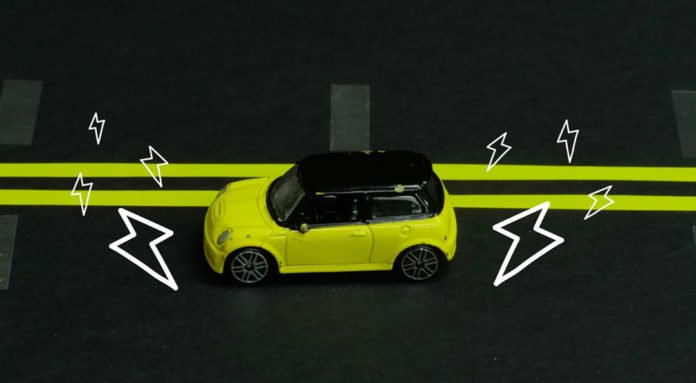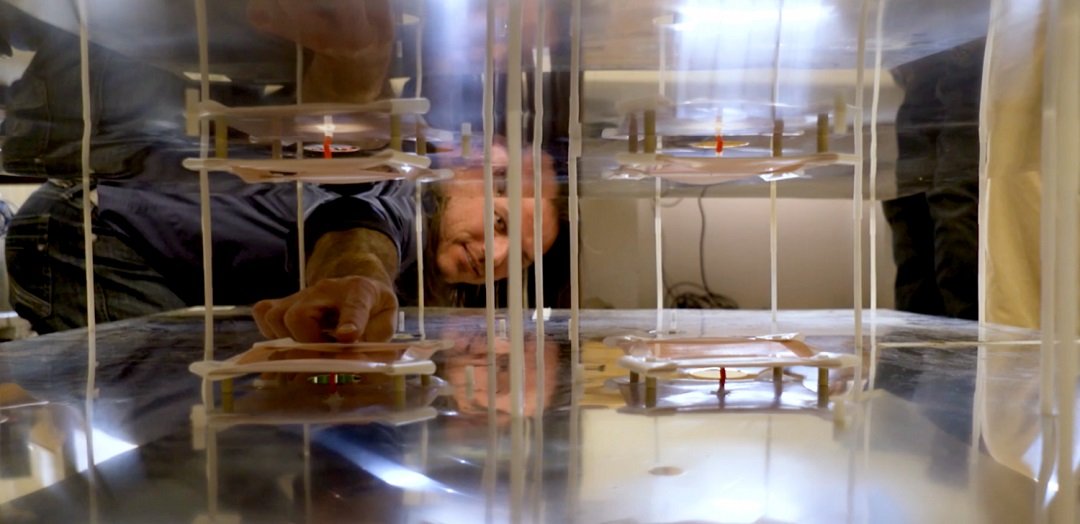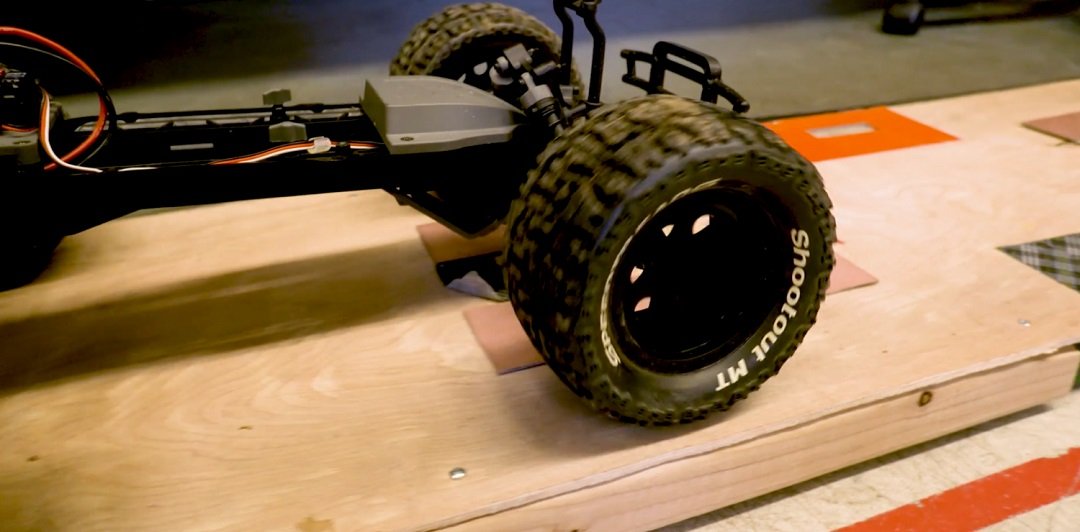Most electric vehicles can travel between 100 and 250 miles on a single charge, depending on the make and model. But charging stations are still few and far between in much of the country, requiring drivers to be strategic in their travel. That problem could go away with a new technology that would enable Electric vehicles to recharge while driving down the highway.
University of Colorado Boulder engineers are working to bring it closer to reality.
Khurram Afridi, an assistant professor in CU Boulder’s Department of Electrical, Computer and Energy Engineering and his colleagues have developed a proof of concept for wireless power transfer that transfers electrical energy through electric fields at very high frequencies over the last two years.
The ability to send large amounts of energy across a greater physical distance to in-motion platforms from low-cost charging plates could one day allow the technology to expand beyond small consumer electronics like cell phones and begin powering bigger things like automobiles.
Afridi said, “On a highway, you could have one lane dedicated to charging. A vehicle could simply travel in that lane when it needed an energy boost and could carry a smaller onboard battery as a result, reducing the overall cost of the vehicle.”
To solve the scale and in-motion problem, Afridi had to think differently about methodology. Charging a smartphone only requires five watts of power. A laptop might need 100 watts. But an electric vehicle in motion requires tens of kilowatts of power, two orders of magnitude higher.
Most wireless power technology research to date has focused on transferring energy through magnetic fields – the so-called inductive approach. Magnetic fields, at strength levels appropriate for substantial energy transfer, are easier to generate than equivalent electric fields. However, magnetic fields travel in a looping pattern, requiring the use of fragile and lossy ferrites to keep the fields and the energy directed, resulting in an expensive system.
Electrical fields, by contrast, naturally travel in relatively straight lines. Afridi wanted to take advantage of the more directed nature of electric fields for his innovation and substantially reduce the cost of the system.
Afridi said, “Everybody said that it’s not possible to transfer that much energy through such a small capacitance. But we thought: What if we increase the frequency of the electric fields?”
In his research facility, Afridi and his understudies set up metal plates parallel to each other, isolated by 12 centimeters. The two base plates speak to the transmitting plates inside the roadway while the two best plates speak to the getting plates inside the vehicle.
At the point when Afridi flips a switch, vitality is transmitted from the base plates. Right away, the light over the best plates illuminates—control transmission without any wires required. The gadget has consistently enhanced to the point where it can transmit kilowatts of energy at megahertz-scale frequencies.
Afridi said, “When we broke the thousand-watt barrier by sending energy across the 12-centimeter gap, we were just exhilarated. There were a lot of high fives that day.”
Afridi plans to continue developing the prototype and scale it for potential real-world applications. He has received funds from the Department of Energy’s ARPA-E division and support from a National Science Foundation CAREER award. A recent seed grant from the Colorado Energy Research Collaboratory, granted to Afridi in partnership with Colorado State University and NREL, will allow him to explore the feasibility and optimization of the in-motion system.
In the near term, Afridi envisions the technology being adapted for warehouse use. Automated warehouse robots and forklifts, for example, could move along areas enabled for wireless power transfer and never need to be plugged in, eliminating downtime and increasing productivity. The technology could also be adapted for use in next-generation transportation projects like the Hyperloop, a proposed system that could take passengers from Los Angeles to San Francisco in 30 minutes.


